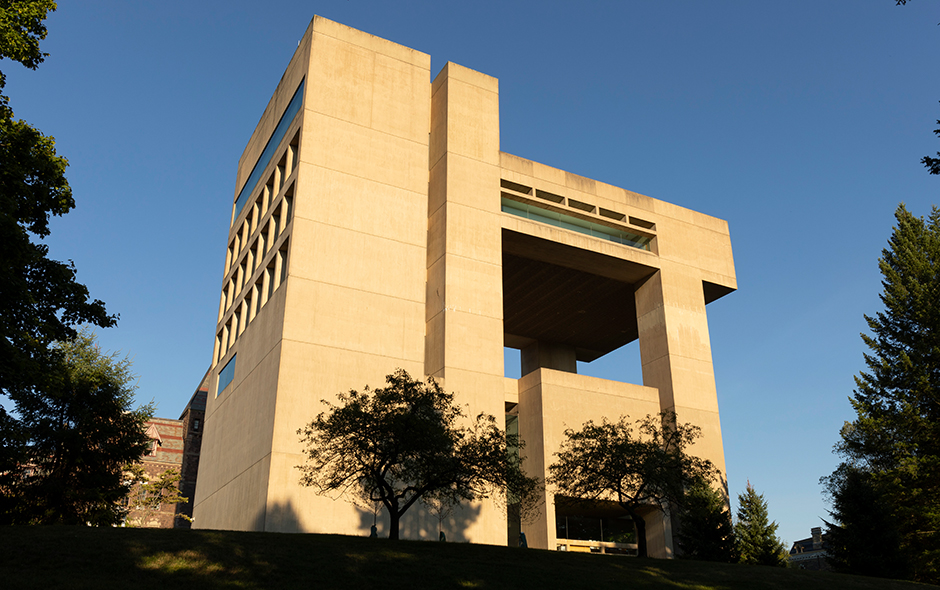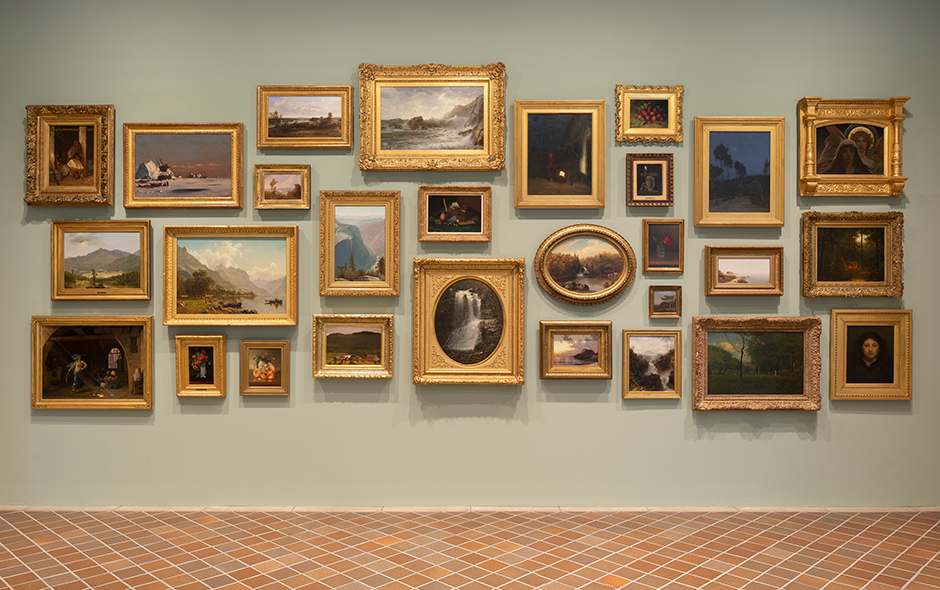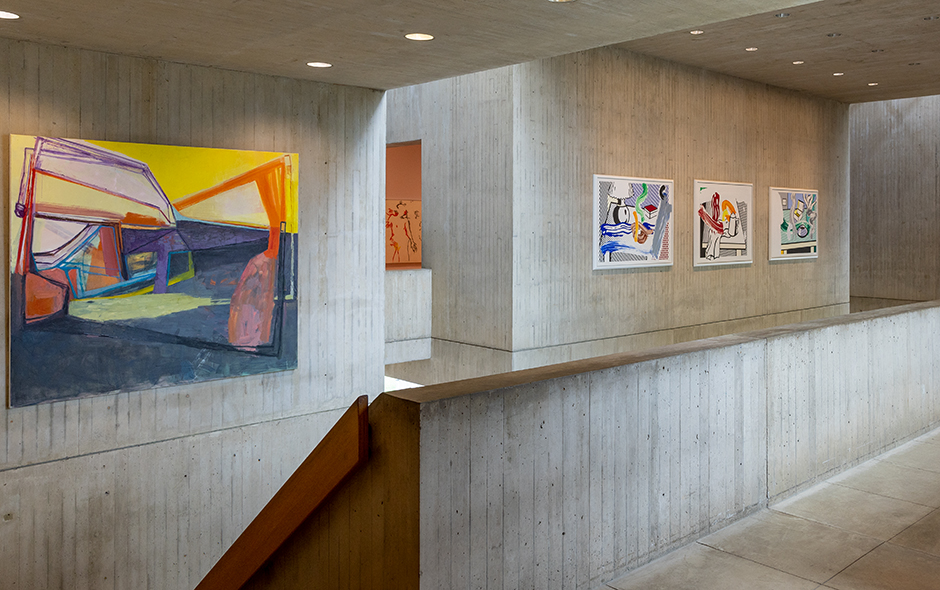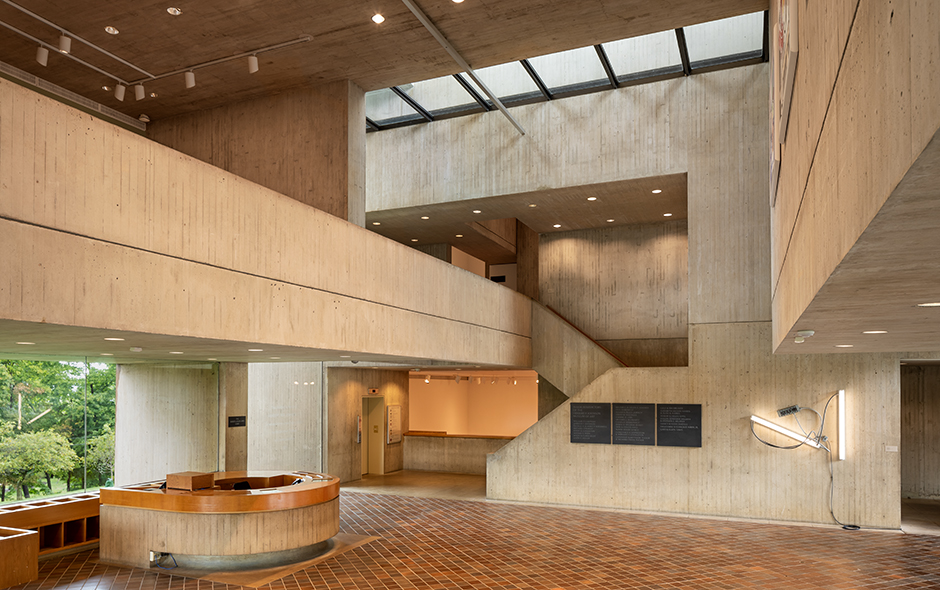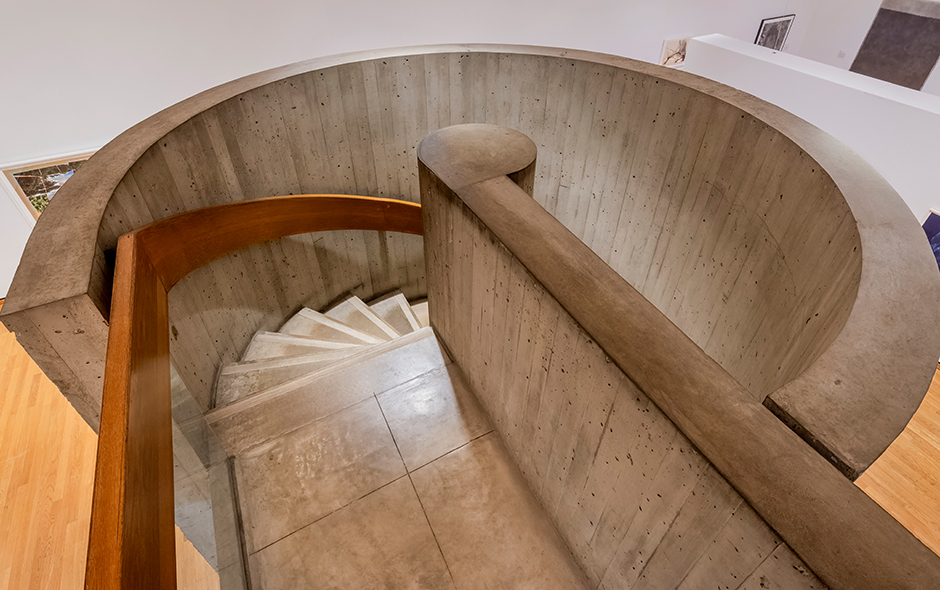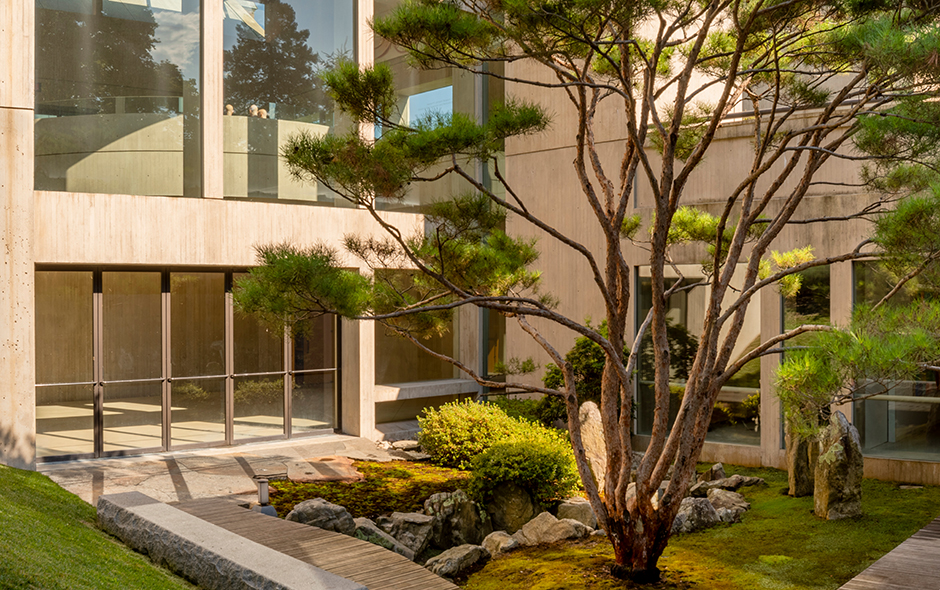
Object Details
Culture
Egypt
Date
2nd century B.C.
Medium
Limestone
Dimensions
12 1/2 x 23 1/2 inches (31.8 x 59.7 cm)
Credit Line
Gift of the Cornell Women’s Club of New York, with additional support from the Membership Purchase Fund
Object
Number
64.0002
Most Egyptian art, such as this relief, was never intended for public display. The Egyptians poured (…)
Most Egyptian art, such as this relief, was never intended for public display. The Egyptians poured their creative energies into the construction of temples for the gods and tombs for themselves, both considered holy places that would not have been entered after they were completed. However, grave robbing was so rampant that, by the Eleventh Dynasty (ca. 2035Ð1991 B.C.), pharaohs stopped using pyramids and had their coffins hidden in chambers carved into cliffs. Tomb walls were painted or carved with shallow reliefs depicting funerary rituals as well as images of the deceased, family members and daily life. Portraits of the deceased were to serve as an abode for the spirit, or ka, of the deceased, should the mummy be destroyed. Depictions of family members and daily life functioned to both entertain and provide for the ka in the hereafter. Color would have been added to the relief carvings. Despite the relatively late date of this relief, the depiction of the figures remains consistent with the centuries-old traditional manner of Egyptian representation. The two figures are seen with their heads in profile, and torsos depicted frontally. This manner of representation gives the viewer the most recognizable way of seeing each part of the body, a convention that dates back to the beginnings of Egyptian art, some three thousand years earlier. (From “A Handbook of the Collection: Herbert F. Johnson Museum of Art,” 1998)



